The importance of lowering blood sugar levels
Hyperglycemia is a condition in which blood glucose levels exceed the average threshold, expressed through indicators at the following times:
- Fasting blood sugar > 7.7 mmol/L (>140 mg/dL).
- Blood sugar measured 2 hours after eating > 10 mmol/L (> 180 mg/dL).
- Blood sugar measured at an alarming level > 13 mmol/L (250 - 300 mg/dL).
- Very high blood sugar > 600 mg/dL - HI (cannot be measured by blood glucose meter).
Most hyperglycemia does not show symptoms until blood glucose levels exceed 10 - 11.1 mmol/L (180 - 200 mg/dL). Symptoms of hyperglycemia include thirst, headache, blurred vision, frequent urination, and weight loss.
Early and correct treatment when blood sugar levels are high is necessary because if blood sugar levels are not controlled within a safe range, the disease can easily progress seriously and cause complications for the nervous system, cardiovascular system, eyes, kidneys, etc.
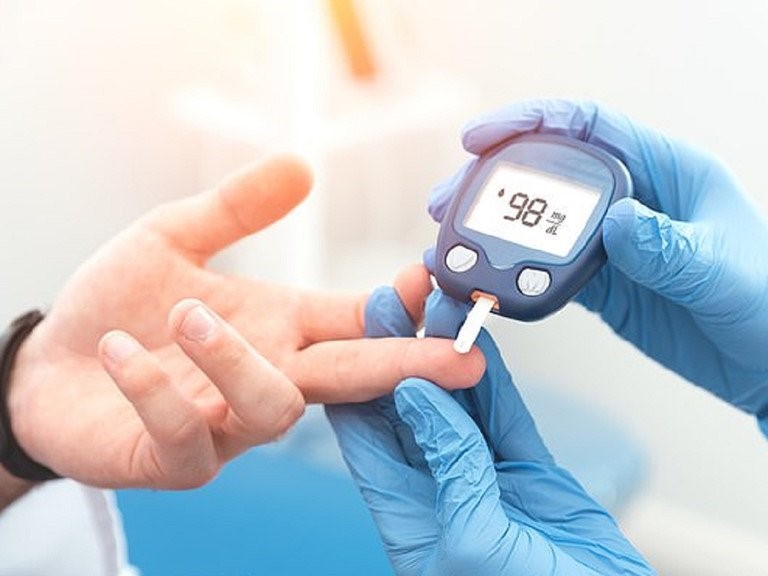
Hyperglycemia is a condition in which blood glucose levels exceed the average threshold. Illustration photo
How to lower blood sugar at home safely and effectively
1. Take a walk after meals
Walking after meals is a quick way to lower blood sugar at home that you should apply every day. Taking time to walk lightly one hour after a meal brings many benefits, both helping the body metabolize sugar more effectively and limiting the risk of hyperglycemia.
2. Add water
One of the most effective ways to lower blood sugar quickly at home is to drink plenty of water. Many people may not know that water contributes to blood sugar management. By increasing your water intake, you will facilitate the removal of sugar from your body. Providing adequate water for the body not only reduces blood sugar but also supports optimal body functions.
3. Control starch intake
Although starch is a source of energy for human activities, controlling the amount of starch taken into the body is very important, especially for those facing hyperglycemia.
Plan to control your carb intake by gradually reducing your carb intake and incorporating a variety of nutrient-dense foods into your daily meals.
4. Monitor your blood sugar regularly
Regularly monitoring your blood sugar is an extremely important way to quickly lower your blood sugar at home. This action is simple but it is actually very useful, allowing you to adjust your diet and medication in time if necessary. You should make a habit of recording your daily measurement results to help track your progress.
5. Get enough sleep
Good sleep, enough sleep has a huge effect on health. This is also a way to quickly lower blood sugar at home that you need to pay attention to. Because inadequate rest will disrupt blood sugar and insulin sensitivity, leading to weight gain and increased cortisol levels. Set a goal of 7-9 hours of sleep per night and combine short breaks during the day for optimal rejuvenation and overall health.
5. Weight control
Weight is an important factor in controlling blood sugar. Losing just 7% of your body weight can reduce your risk of diabetes by 58%. Pay special attention to your waistline, as it is an important indicator of diabetes risk. A slim waistline is often more important than overall weight in determining a person's health status.
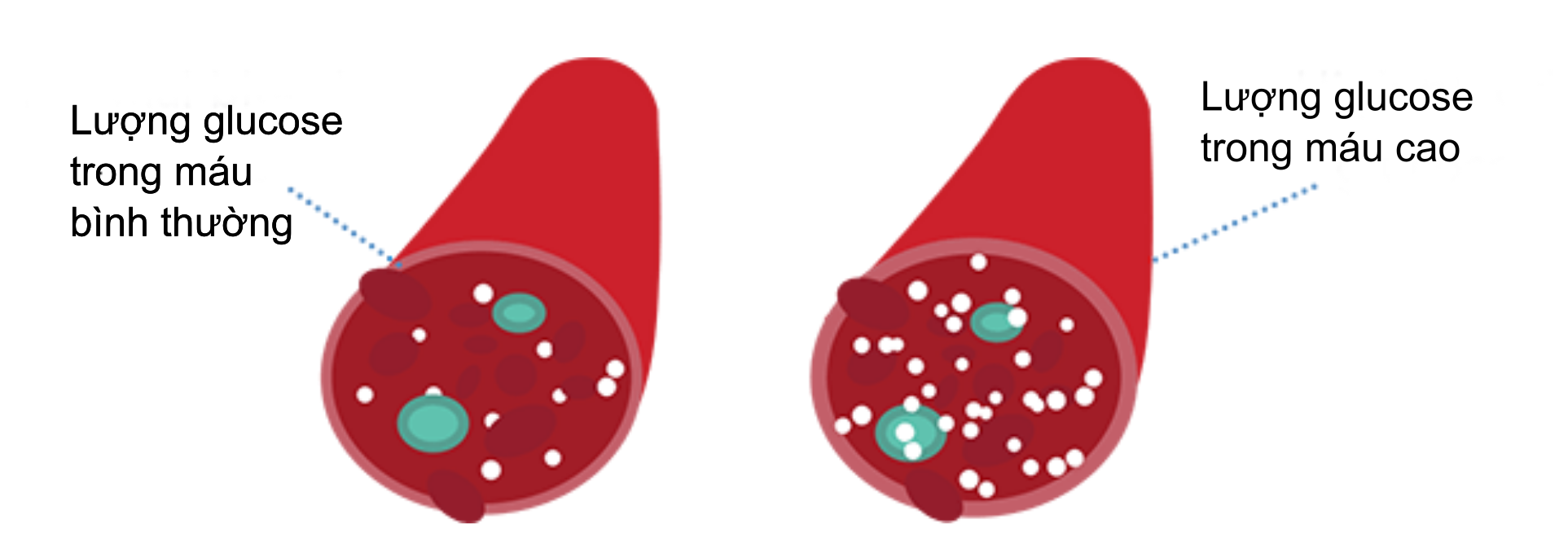
6. Supplementing with magnesium-rich foods can help lower blood sugar
Chromium is a substance involved in the metabolism of fat and carbohydrates, so if this element is lacking, the body cannot tolerate carbohydrates. Therefore, you can apply a way to quickly lower blood sugar at home by supplementing chromium daily through foods such as: whole grains, egg yolks, nuts, meat, broccoli, green beans,...
Magnesium deficiency can increase blood sugar. Therefore, you can supplement foods such as dark chocolate, green vegetables, beans, avocados, bananas, fish, etc. to lower blood sugar.
Garlic is very good for health because it contains many compounds that can help lower blood sugar, improve insulin sensitivity, lower blood pressure, improve cholesterol and reduce the risk of stomach cancer.
7. Divide your meals
You should not eat too much in one main meal, especially eating a lot of carbs will cause blood sugar to spike. Instead, divide the three main meals into many small meals during the day, as long as you build a scientific , healthy menu, ensuring nutritional balance. This method will help control stable blood sugar levels throughout the day extremely effectively.
Source









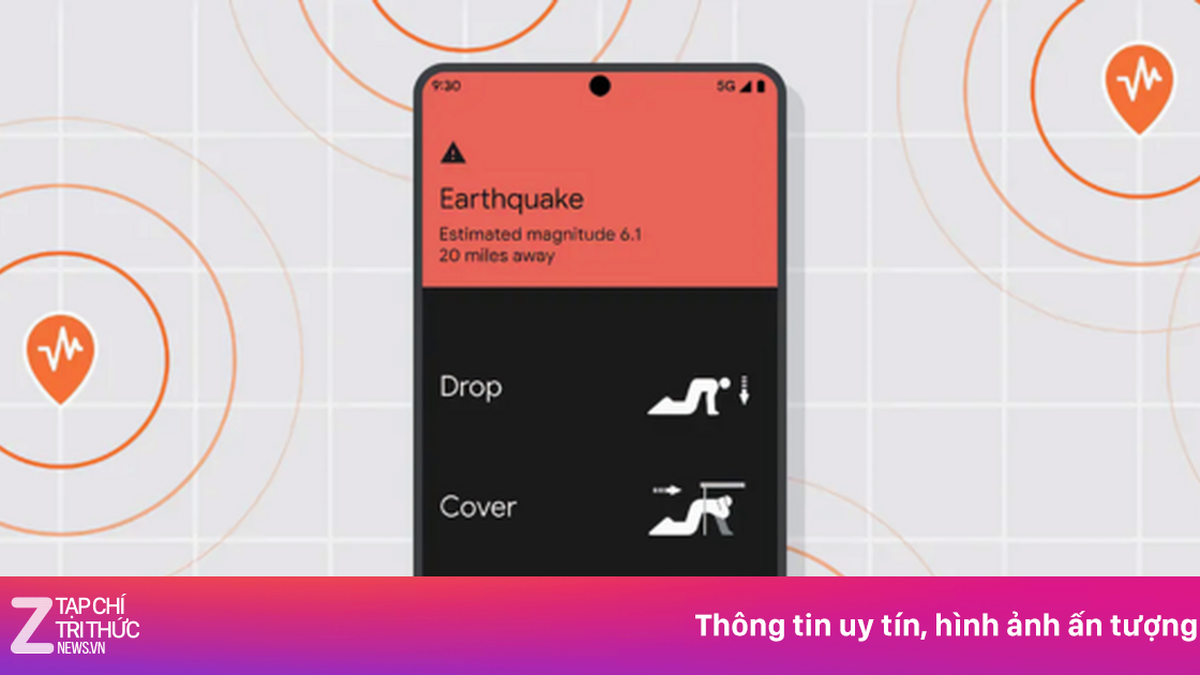
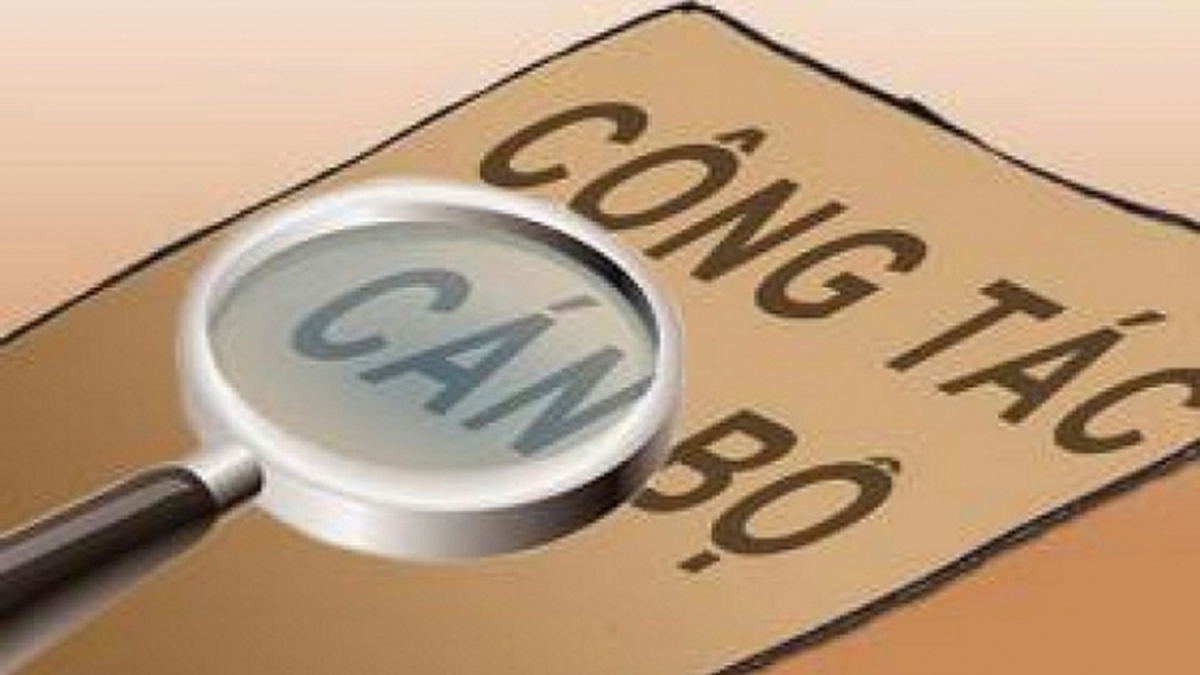
















![[Photo] National Assembly Chairman Tran Thanh Man visits Vietnamese Heroic Mother Ta Thi Tran](https://vphoto.vietnam.vn/thumb/1200x675/vietnam/resource/IMAGE/2025/7/20/765c0bd057dd44ad83ab89fe0255b783)





































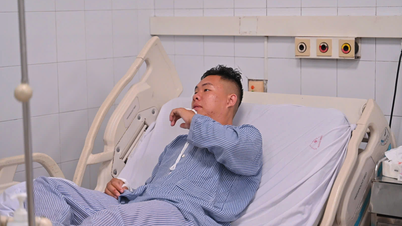
































Comment (0)